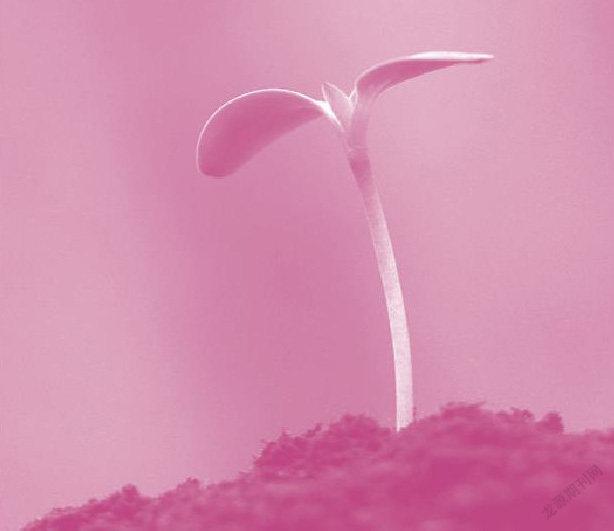Storing Seeds for the Future 為未來儲存種子

The Germplasm Bank of Wild Species (GBOWS) is a research and preservation facility? for? rare? and endanger ed? plant s? and animals . It is the largest in Asia in terms of species.
With two in five plant species at risk of extinction, it is a race against time to p r o t e c t? t h e? n a t i o n ' s incredible plant life.
So how does the bank work? Scientists? collect endangered and useful wild species and send them to the seed bank . For future study, collectors? have to record details of the plant, including where it was found, its size and the number of individual? plants? in? the habitat.
Once the seeds arrive at GBOWS, they're dried and preserved in a room with 15 percent? humidity . Next, they're? cl e an ed? a nd separated from debris. After that, X-rays confirm that the seeds are undamaged and no insects are hidden inside. The seeds are then frozen, stored in glass bottles and placed in huge freezers at ﹣20℃ for long-term storage . Each? co n tai n er? h a s? a b a r c od e? that? can? be scanned to enable scientists to view information about the seeds inside.
中國西南野生生物種質資源庫,是一個研究、保藏珍稀瀕危動植物的綜合設施,也是亞洲最大的野生生物種質資源庫。
由于五分之二的植物瀕臨滅絕,保護國內那些珍貴的植物生命是在與時間賽跑。
那么,中國西南野生生物種質資源庫是如何運作的呢?科研人員采集瀕危的、有用的野生物種,并將種子送到種質資源庫。為了將來的研究,接收種子的科研人員必須記錄這種植物的詳細信息,包括采集地點、種子的體積、周圍環境中單株植物的數量等。
中國西南野生生物種質資源庫接收種子后,會對種子進行干燥處理,并將其放置在相對濕度15%的環境中。接下來,科研人員會將種子清理干凈并將其從殘渣中分離出來。那之后,還會對種子進行X光拍照,以確保種子無損傷、無蟲害。隨后,種子將被冷凍,儲存在玻璃瓶中,放置在零下20攝氏度的巨大冷庫中長期保存。每個玻璃瓶都有一個條碼,科研人員可以通過掃描條形碼來查看瓶內種子的信息。
Word Study
debris /'debri?/ n. 碎片;殘渣
Clear away leaves and other garden
debris from the pond.
barcode /'ba?rk??d/ n. 條形碼

